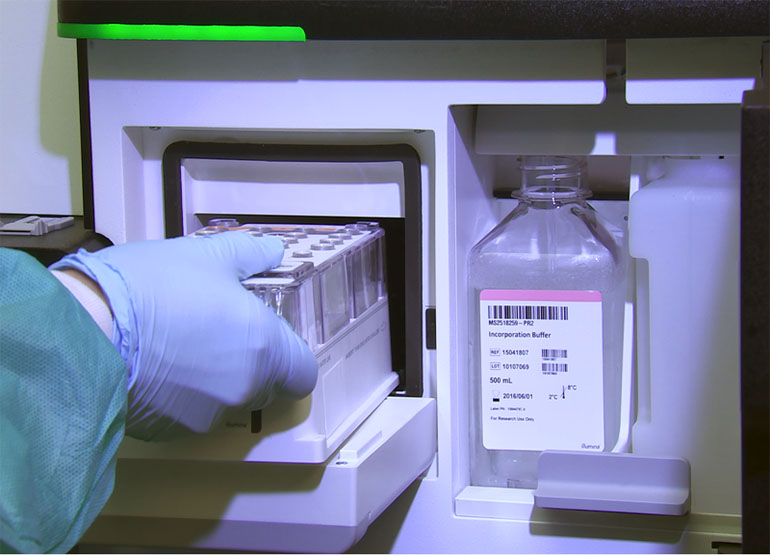Health Pages
Cholesterol
Cholesterol
Cholesterol is a soft, waxy, fat-like substance that circulates through the bloodstream and is found in all animal tissues. Cholesterol is an important component of cell membranes, needed to produce hormones, vitamin D, sex hormones, and bile acids (which help digest fat). If you understand some facts about cholesterol, it will help you to keep your cholesterol levels within the healthy range. There is a difference between the cholesterol you eat and the cholesterol in your blood.
Ideal blood cholesterol level is less than 5.2 mmol/L.
Dietary cholesterol is the cholesterol we get from eating animal foods. Meat, fish, poultry and dairy products all contain cholesterol.
Blood cholesterol is a natural part of our blood fats. About 80% of the cholesterol in our blood comes from our liver and the remaining 20% comes from our food.
Adequate cholesterol is essential for the proper funcrioning of the body. However, when your blood cholesterol level is too high, cholesterol, along with other substances, tends to deposit inside arteries. This is called atherosclerosis. These deposits can obstruct blood flow and cause a heart attack or stroke. Excess cholesterol can also increase the risk of some other type of cardiovascular disease.
Many people think that just watching or avoid cholesterol in foods will prevent high blood cholesterol and hearth disease. The best way to reduce the amount of cholesterol our body makes is to reduce the total amount of fat we eat-especialy industrially produced trans fats (made from partially hydrogenated oils) and saturated fats. Most trans fats can be found in products such as vegetable oil shortening, hard margarine, commercially prepared baked goods, potato and corn chips. crackers, microwave popcorn and deep-fried foods.
We now know that limiting cholesterol is not as important as watching our daily dietary fat intake.
It is very important for you to reduce the total fat content of your diet as well as limit the high cholesterol foods in your diet. High cholesterol foods include liver, kidney, shrimp, egg yolks, and fish roe.
Good Versus Bad Cholesterol
Since all fats, including cholesterol do not dissolve in the blood, they must circulate in the form of special packages. Cholesterol is carried in the blood in protein-lipid packages called lipoproteins. Lipoproteins are combination in the blood consisting of lipid (fat) and protein molecules bound together. They are like shuttles that transport cholesterol to and from the liver through the circulatory system. There are two types of lipoproteins which we are concerned about, the High Density Lipoproteins (HDLs) and the Low Density Lipoproteins (LDLs).
HIGH-DENSITY LIPOPROTEINS: HDL's "GOOD" - These are durable fat-carrying protein compounds that actually cary excess cholesterol to the liver for processing and elimination from the body in bile. It is the presumed function which may explain the role of high density lipoproteins as protective against the development of atherosclerosis. A value of 1.80 has 1/2 the average risk of heart attack.
A value of 0.90 has twice the average risk of heart attack.
LOW - DENSITY LIPOPROTEINS: LDL's "BAD" - These lipoproteins carry most of the cholesterol in your body. These are less stable and more likely to break apart and deposit cholesterol in the blood vessels, which can lead to atherosclerosis. LDL that accumulates and becomes trapped in artery walls may be oxidized by free radicals, causing inflammation and damage to artery walls and increasing the likelihood of a blokage. An elevated LDL cholesterol level is a major risk factor for coronary heart disease. If coronary arteries are blocked, the result may be a heart attack. If an artery carrying blood to the brain is blocked, a stroke may occur. A value of less than 3.4 is desirable.
TRIGLYCERIDES - This is another type of fat found in the blood and body tissues. Triglyceride is made in the liver when excess calories are consumed from sugar, fat, and alcohol. Calories not used immediately by the tissues are converted to triglycerides and transported to fat cells for storage. Ideal blood triglyceride levels are less than 2.3 mmol/L . Find out more about triglycerides...
Much of the incidence of cardiovascular disease is due to our modern way of life. Too many people live sedentary life, eat an unhealthy diet, smoke, manage stress ineffectively, have uncontrolled high blood pressure or high cholesterol levels, and don't know the signs of cardiovascular disease. Find out more about CVD disease risk factors...
According to World Health Organization's Fact Sheet , an estimated 17.7 million people died from CVDs in 2015, representing 31% of all global deaths. Of these deaths, an estimated 7.4 million were due to coronary heart disease and 6.7 million were due to stroke.
Below are links and information you need to know to make smart choices in your life and help your to make changes and take charge of our health.
Good to Know Information:
 CVD Disease Risk Factors
CVD Disease Risk Factors
 Heart Disease
Heart Disease
 Cholesterol and You
Cholesterol and You
 Triglycerides
Triglycerides
 Coenzyme Q10
Coenzyme Q10
 Antioxidants
Antioxidants
 How Dead is Your Diet?
How Dead is Your Diet?
 The Power Of Relaxation
The Power Of Relaxation
 Meditation For Health Purposes
Meditation For Health Purposes
 Teasting Treatments
Teasting Treatments
 First Aid
First Aid



